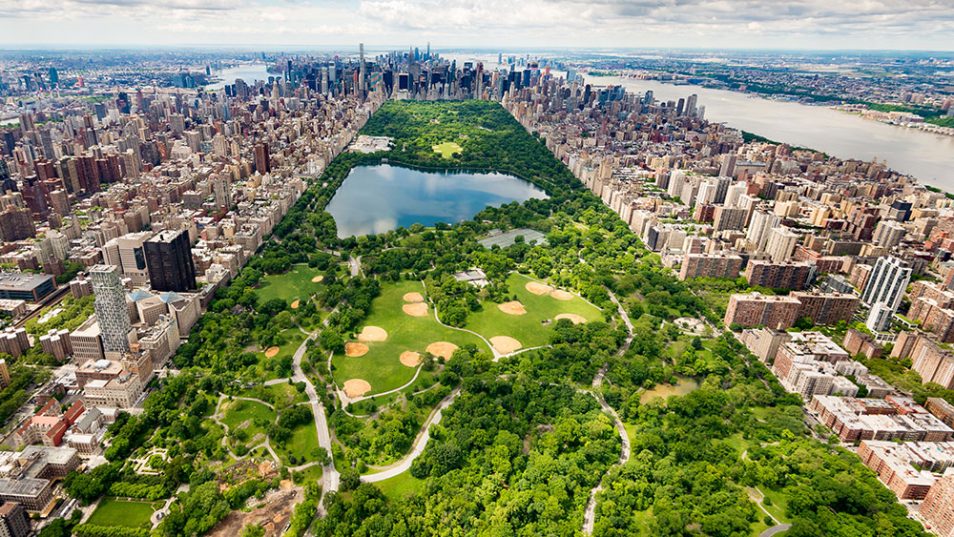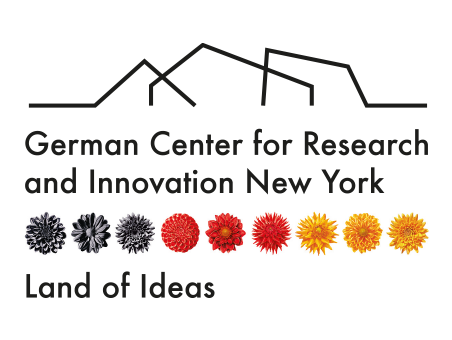Five facts relating to the DWIH focus topic “Sustainable Innovations”
 © Antonio Lopez/stock.adobe.com
© Antonio Lopez/stock.adobe.com
Monitoring, construction measures, start-ups: sustainable new developments are promoted in a variety of ways in New York.
There are more than six million trees in New York City – and a newly published analysis highlights their sustainable value.
An American-Chinese team of researchers has compiled a new dataset mapping over six million trees in New York City that enables an assessment of how these trees can benefit the ecosystem as a whole. Measures such as heat regulation in the city and the promotion of public health are just two examples of what action can be taken based on the new data. It will also enable more effective political decision-making in the area of sustainable development.
390 million U.S. dollars is to be spent on expanding the Cloudburst program to improve resilience to heavy rain.
New York is investing extensively in resilience to heavy rainfall, which is becoming increasingly frequent as a result of climate change. The Cloudburst program aims to enhance the construction and design of infrastructure projects so as to enable them to withstand extreme water masses. The program includes the construction of sewage pipes and underground tanks, but also green infrastructure such as “rain gardens” that function as greened seepage areas. Projects in Queens, Brooklyn and the Bronx are expected to benefit from the expansion of the program announced in early 2023, with additional investments worth 390 million U.S. dollars.1
Some 93 km2 of new CoolRoof surface per year are to mitigate the effects of extreme heat in New York.
New York’s CoolRoofs program has been successful in the fight against climate change since 2009. It involves the use of sunlight-reflecting materials that specifically lower the temperatures on roofs and inside buildings. Since one of its benefits is to reduce the use of air conditioning, it also results in energy savings and lessens the greenhouse effect. Cool roofs are to be significantly expanded in future, with one million square feet (equivalent to 93 km2) of ecofriendly construction to be added per year.2
Around 70 companies linked to the clean energy economy have emerged from New York’s Urban Future Lab to date.
Clean energy, sustainable urban infrastructure and far-reaching decarbonization are the focus of the Urban Future Lab at NYU Tandon School of Engineering. Since it was founded in 2009, the incubator has seen the emergence of some 70 companies that belong to the clean energy economy. And the “survival rate” of the startups is remarkably high at 87 percent, with more than 2,800 new jobs having been created.3
10 cities and neighborhoods that are particularly hard hit by environmental pollution in New York State are benefiting from a new monitoring system.4
From the Bronx to Syracuse: in 2022, the state of New York launched a new type of monitoring that measures air pollution and greenhouse gas emissions in a total of ten cities and neighborhoods. The data obtained in this way will contribute to improvements with a view to strengthening public health. Particular attention is paid to pollution at facilities such as nursing homes, schools and children’s daycare centers. Another essential aspect of the monitoring is that the results are discussed with the local population and efforts are made to come up with community-oriented solutions.5
2https://www.nyc.gov/html/coolroofs/downloads/pdf/program_flyer_new.pdf
5https://www.nyc.gov/assets/doh/downloads/pdf/environmental/comm-air-survey-08-14.pdf
